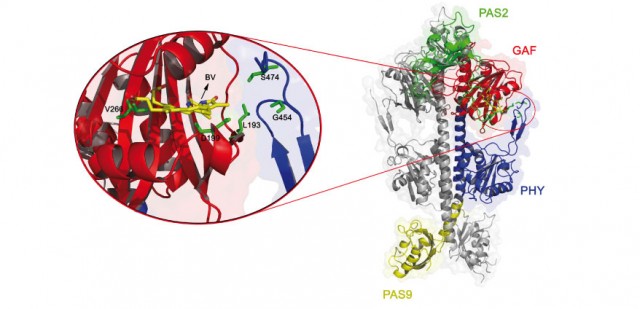

It’s a machine mind’s “creativity” at its best-a deep learning algorithm that predicts the general area of a protein’s functional site, but then further sculpts the structure.Īs a reality check, the team used the new software to generate drugs that battle cancer and design vaccines against common, if sometimes deadly, viruses. David Baker at the University of Washington, a team tapped into an AI’s “imagination” to dream up a myriad of functional sites from scratch. Like a detective screening hundreds of suspects, of which there could be many, it’s extremely tedious.Ī new study in Science overthrew the whole gamebook. Scientists traditionally had to mutate suspecting areas on a protein one by one-switching one amino acid to another-to nail down precise binding spots. The problem? Functional sites are hard to map. They’re also a massive gold mine for designing new treatments and medical drugs. The sites are central to performing most of our basic biological processes. True to their name, “functional sites,” these intriguing nooks and crannies form intricate docks for other proteins or drugs to grab onto. In a way, proteins also have hotspots embedded in their structures.
#Protein scaffold vaccine bacteria install
But then comes the hard part: figuring out where to install hinges on the scaffold-that is, finding the best “hotspots”-to put on doors, shelves, and other attachments that ultimately make the cabinet fully functional. The first step is building the backbone that holds the protein together. Designing a protein is a bit like making a cabinet.


 0 kommentar(er)
0 kommentar(er)
